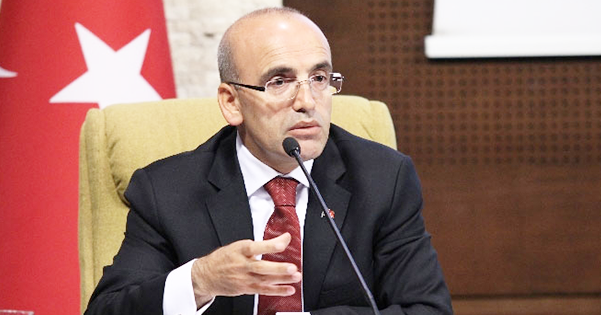Dermatologist Dr. Hülya Süslü, Anadolu Medical Center shared that genetics, nutrition, environmental factors and hormones play a role in acne formation. Hülya Süslü said, “According to studies conducted in recent years, foods that increase blood sugar rapidly can trigger acne by increasing the levels of insulin and some hormones. Foods with a high glycemic index are chocolate, potatoes, white bread, sugar, ready-made foods, fried foods and ready-made fruit juices. Dairy products and oral supplements containing whey protein may increase acne formation. The use of cosmetic products that are not suitable for our skin type, medications containing cortisone, vitamin B supplements, stress, and hormonal problems can also increase acne formation.”
Treatment may take several months
Dermatologist Süslü underlines that acne treatment is done by dermatologists and that the treatment period can take several months since it is a chronic skin disease. Hülya Süslü, said, “Topical, that is, cream treatments contain retinoids, benzoyl peroxide, antibiotics and azelaic acid. Antibiotics, systemic retinoids and hormonal therapy can be used in systemic treatment. The treatment is individual-specific and each acne patient is evaluated individually and the most appropriate treatment is given to the person.”
Golden needle helps repair and renew the skin
Dermatologist Süslü recorded that the golden needle sends radiofrequency energy to the lower layers of the skin with micro needles, this creates heat and the resulting heat causes controlled damage under the skin. Hülya Süslü said, “In this way, it increases natural collagen production and improves blood flow, which repairs and regenerates the skin. Personalized caps are attached to the tip of the device. These heads contain 25 depth-adjustable micro needles that transmit radiofrequency energy to the lower layers of the skin. With this microneedling technology, radiofrequency energy is transmitted to the lower layers of the skin without damaging the top layer of the skin. Collagen production in the skin is supported, acne-related scars on the skin are improved, while side effects are minimized.”
Dr. Süslü shared that although it varies from person to person, it is generally recommended to perform the golden needle for 3-4 sessions every 3-6 weeks. Hülya Süslü said, “The doctor and the patient can determine the number and interval of sessions according to need. Even after the first session, its effect on the skin is immediately visible and the effect gradually increases with each session. It is recommended to repeat it every year or maintenance doses are recommended at certain intervals.”
Golden needle procedure can be applied in summer and winter
Dermatologist Süslü indicated that minimal pain is felt during the gold needle procedure and that the patient is prepared for the procedure with local anesthetic cream applied 30 minutes before the treatment. Hülya Süslü said, “The procedure takes 30-60 minutes depending on the area to be applied. It is normal for skin redness to occur after the procedure, and the redness that occurs usually disappears on its own within a few hours. The patient can return to his social life immediately. The procedure can be applied in summer and winter. In some patients, redness may last 3-4 days. After the procedure, the skin should be protected against sunlight with high protection factor sunscreen creams.”
Pointing out that the golden needle procedure can also be applied together with filling, subcision, mesotherapy and PRP procedures, Dr. Hülya Süslü said, “Thanks to these combined methods, new collagen synthesis occurs while all the vitamins and cellular support the skin needs are provided.” She warned “Golden needle procedure should not be applied to pregnant and breastfeeding people, people with pacemakers, or if there is an open wound or infection in the application areas.”















